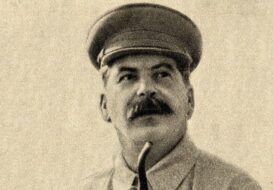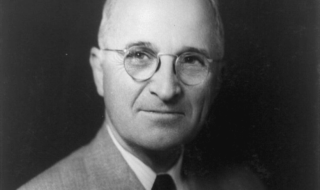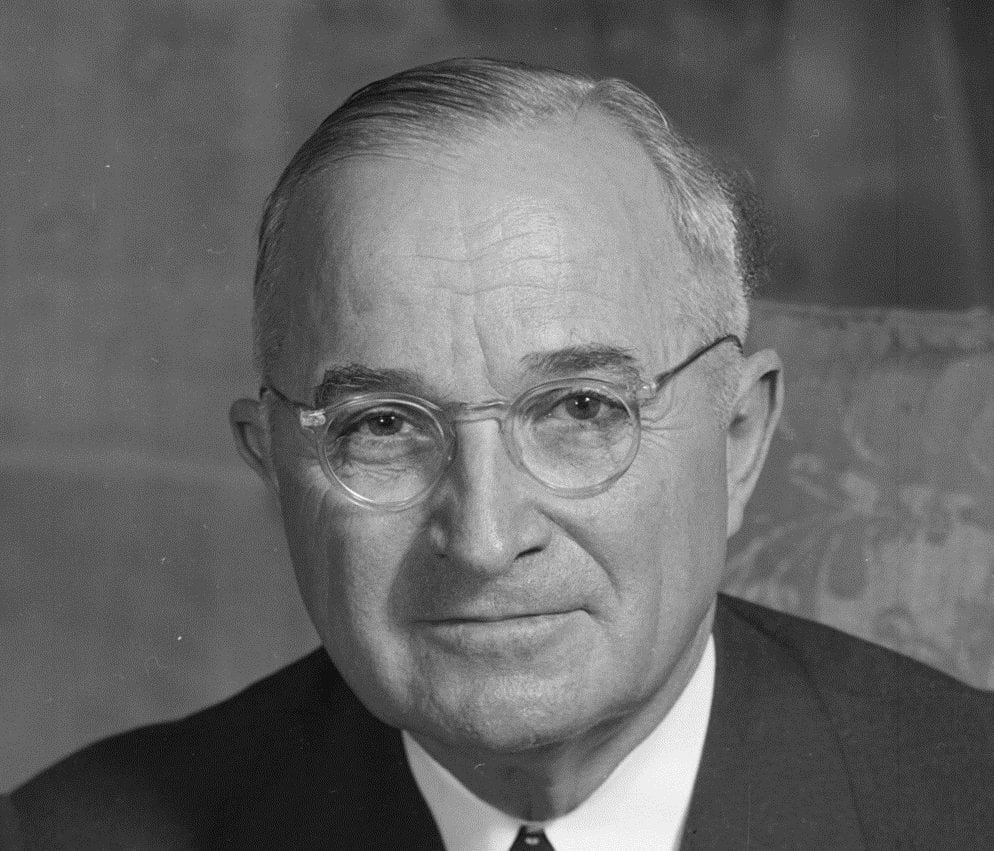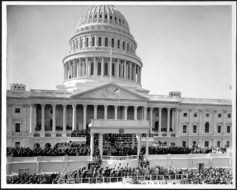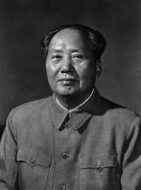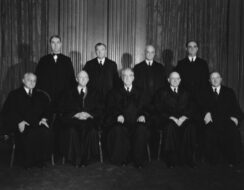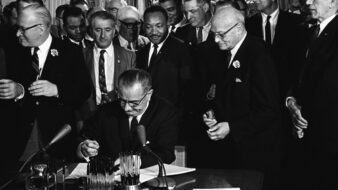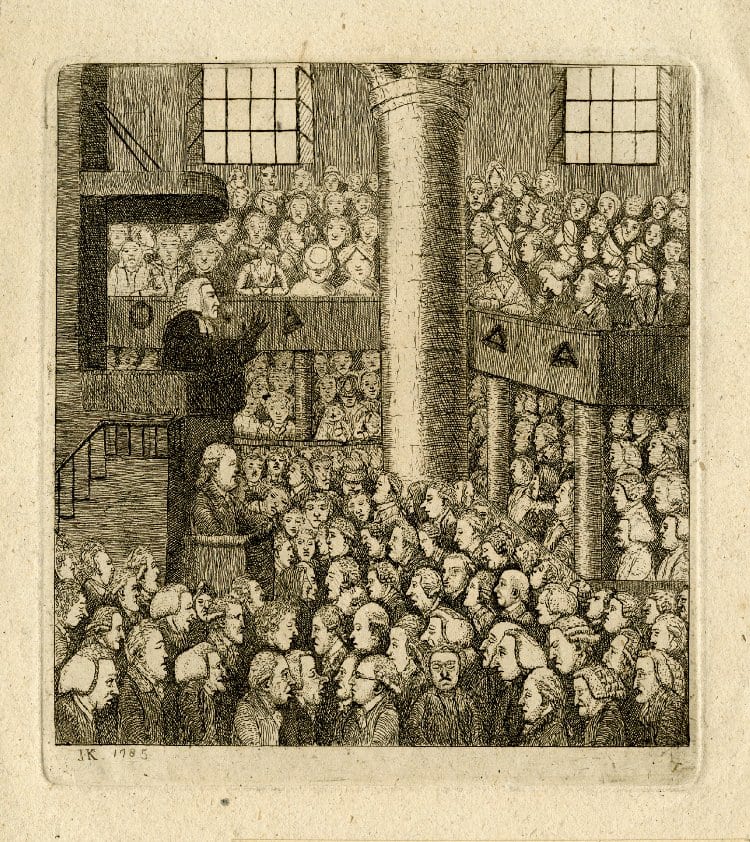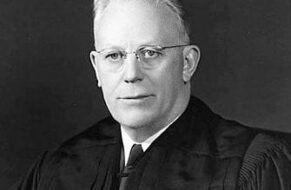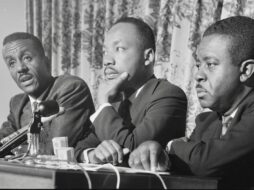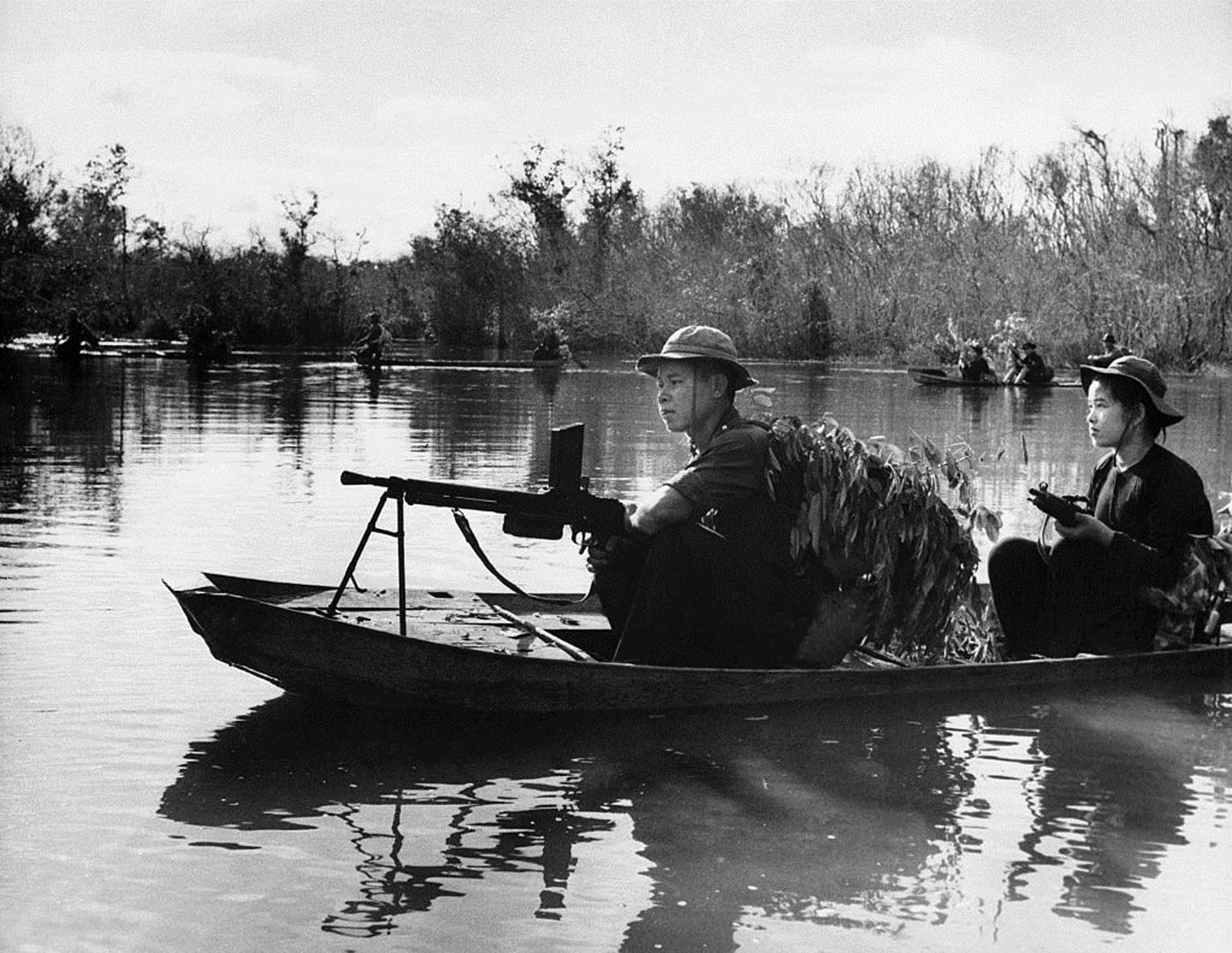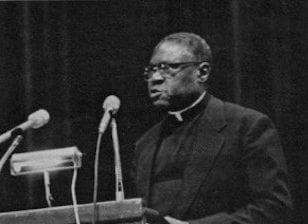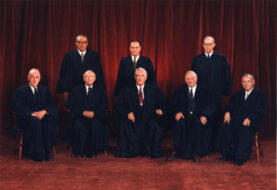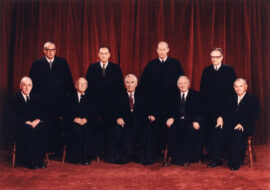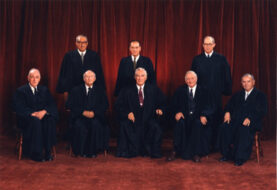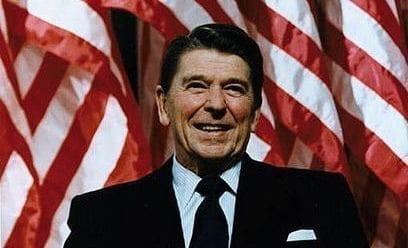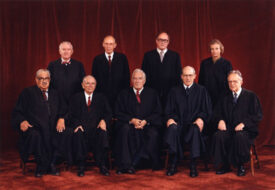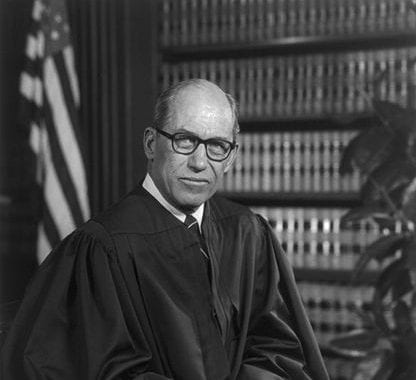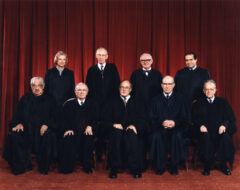
Summary
This paper, written on the premise that we are losing the war in Viet-Nam, advances and supports the following propositions:
1. We cannot achieve our political objectives by expanding the bombing of North Viet-Nam. On the contrary, extending the geographical scope of our bombing will pose grave dangers of involving both Red China and the Soviet Union while isolating the United States from its friends and allies.
2. There is no assurance that we can achieve our objectives by substantially expanding American forces in South Viet-Nam and committing them to direct combat. On the contrary, we would run grave risks of bogging down an indeterminate number of American troops in a protracted and bloody conflict of uncertain outcome. This risk is so great, in fact, that those who advocate this course must sustain the burden of proof that commitment of American forces to combat will assure our objectives at an acceptable cost.
3. Combining expanded air attacks in the North with increased troop commitments in the South will not achieve the desired objective. The whole is not greater than the sum of its parts.
4. Since the measures discussed in paragraphs 1 and 2 above offer no assurance that we can win the war by substantially greater US commitments, we should undertake either to extricate ourselves or to reduce our defense perimeters in South Viet-Nam to accord with the capabilities of a limited US deployment.
5. This is our last clear chance to make this decision. If we go forward with Phase III combat, even at the present level of troop deployment, a substantial number of Americans will be killed. This will make it much harder and more costly to extricate ourselves or reduce our commitments. We should, therefore, revise current orders to return to Phase II and we should maintain our present levels of deployment while we seek to get out of the quagmire and cut our losses.
6. By pursuing a systematic and careful plan for cutting our losses we should be able to create the conditions under which we can get out of a dangerous situation without excessive loss of American prestige and influence.
How To Think About the Problem
To determine a proper course of action we must balance the risks and costs of a war fought by United States forces against the risks and costs of a carefully organized tactical withdrawal of the United States from South Viet-Nam or a systematic reduction of our territorial commitment to accord with the capabilities of a limited US deployment.
Obviously, if a curtailment of our commitment in South Viet-Nam would place the United States in imminent peril, we would be justified in taking long chances in pouring troops and equipment into that beleaguered country and in running large risks of escalation.
On the other hand, if we could accomplish such curtailment in a manner that would minimize the costs and dangers to the United States, the indicated formula would be quite different.
The ultimate decision, therefore, involves a hard-nosed judgment as to the relative costs and dangers to America—both short-term and long-term—of these two courses of action.
Plan for Cutting Our Losses
Against the background of these propositions, we propose a plan that should either create the conditions for a systematic US extrication or—less likely—establish a sound basis for our continued involvement at present levels of commitment.
This plan consists of the following elements:
Step 1
The President should make the firm decision that he will not commit United States land forces to combat in South Viet-Nam.
Step 2
We should use every occasion to re-emphasize what has been clear ever since the first Eisenhower letter but has not been recently stated—that our assistance is being provided on two explicit conditions:
(a) that there is a government genuinely representing the people of South Viet-Nam which continues to ask for our support; and
(b) that such government maintains an adequate standard of performance, both in the conduct of the war and the making of necessary political, economic and social reforms.
Step 3
1. Since Americans are dying in South Viet-Nam, the United States has both the right and duty to demand of Saigon that it fashion a stable Government of National Union. We should, therefore, make the following demarche not only on General Ky but on the leaders of all principal groups in Saigon—the Catholics, the Buddhists, the Cao Dai, the military, the Dai Viet:
(a) unless, within a month’s time, those leaders are able to put together a Government of National Union under civilian leadership, the United States will have to reconsider the extent of its commitment until such a Government is formed;
(b) a Government of National Union must have authentic representation of all key ethnic, religious, and regional groups with a commitment to national elections as soon as hostilities cease;
(c) such a Government must announce and begin to implement a broad program of political, social and economic reforms, including a cancellation of all peasant debts, land reform, seed and fertilizer programs, etc.
(d) the Government must announce the essentials of the Acheson Plan-including a major amnesty effort—in order to attract and protect defectors from the Viet Cong so as to provide a sound intelligence base for our military operations and a transition to a post-hostility reconstruction of South Viet-Nam as a national entity.
The ability of the Saigon Government to accomplish these objectives is not dependent on the course of the war. If there is to be genuine unity, it can come about regardless of whether the ARVN is winning or merely holding its own during the rainy season. In fact, the worse the war, the greater the crisis that should instill a willingness to abandon internecine strife and unite against the common enemy. If no such willingness prevails in Saigon, we cannot take over the war ourselves.
Step 4
If the leaders of the various factions in Saigon prove unwilling or unable to put aside petty factional jealousies and comply with the US demarche we must be prepared to follow through. We must be prepared to advise the Ky Government—or whatever government may then be in power—that we cannot maintain even the present level of our assistance.
It is more than likely that a notice of this kind from the United States Government would have the effect of either
(a) inducing the Ky Government to adopt an extreme nationalist position and announce it would go it alone without United States help; or
(b) bring about the fall of the Ky Government in favor of a government prepared to try to find a political solution with the Viet Cong.
In either event, we would not expect that American forces would leave quickly. Rather we would expect a protracted discussion between US representatives and representatives of the various Vietnamese factions.
Should Ky or his successor demand the immediate removal of US forces from South Viet-Nam, he would almost certainly be ousted by more moderate elements. Even if those elements were neutralist, they would still tend to regard our presence for a period of time as essential to prolonged bargaining with the Viet Cong and Hanoi. Our willingness to cooperate in this negotiating phase could permit us to remain in South Viet-Nam for a considerable period and thus avoid any public appearance of a precipitate and undignified withdrawal.
We could use this interval profitably to establish the justice and wisdom of our position with our friends and allies. We could also undertake the necessary diplomatic and economic actions in Thailand and Laos designed to offset so far as possible the immediate shock of the developments in South Viet-Nam.
Defensive and Affirmative Actions
In our anxiety to build up support for the struggle in South Viet-Nam, we have tended to exaggerate the consequences for US power and prestige of a tactical withdrawal from South Viet-Nam. Admittedly, such a withdrawal would create short-term problems, especially in Thailand, but by taking prompt and effective defensive and affirmative measures we should be able to avoid any serious long-term consequences. By and large, the world knows that the government in Saigon is a joke, and if our withdrawal resulted from an effort to face this problem squarely, friendly nations would not interpret it as a US failure to keep its commitments. More likely most nations would consider that we had more than kept our commitments to Viet-Nam—and that our decision to force the issue of stability was a mark of prudence and maturity.
The following memorandum contains a discussion of some of the measures which should be taken to avoid damage to our position in specific countries and areas.
Renvoi
The position taken in this memorandum does not suggest that the United States should abdicate leadership in the cold war. But any prudent military commander carefully selects the terrain on which to stand and fight, and no great captain has ever been blamed for a successful tactical withdrawal.
From our point of view, the terrain in South Viet-Nam could not be worse. Jungles and rice paddies are not designed for modern arms and, from a military point of view, this is clearly what General de Gaulle described to me as a “rotten country”.
Politically, South Viet-Nam is a lost cause. The country is bled white from twenty years of war and the people are sick of it. The Viet Cong—as is shown by the Rand Corporation Motivation and Morale Study—are deeply committed.
Hanoi has a Government and a purpose and a discipline. The “government” in Saigon is a travesty. In a very real sense, South Viet-Nam is a country with an army and no government.
In my view, a deep commitment of United States forces in a land war in South Viet-Nam would be a catastrophic error. If ever there was an occasion for a tactical withdrawal, this is it.
Statement on the War in Vietnam
January 06, 1966
Conversation-based seminars for collegial PD, one-day and multi-day seminars, graduate credit seminars (MA degree), online and in-person.




